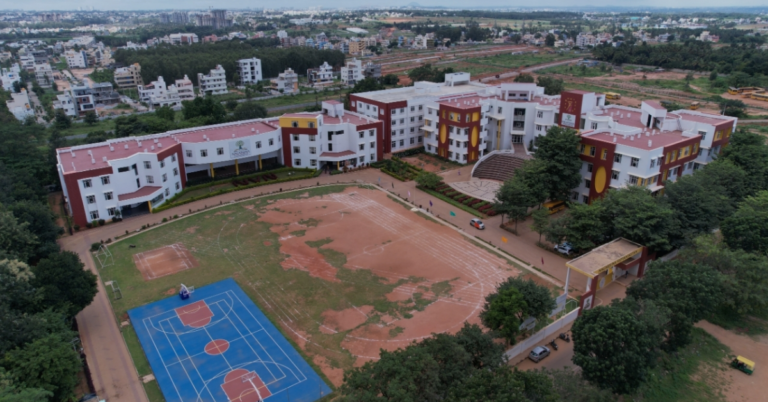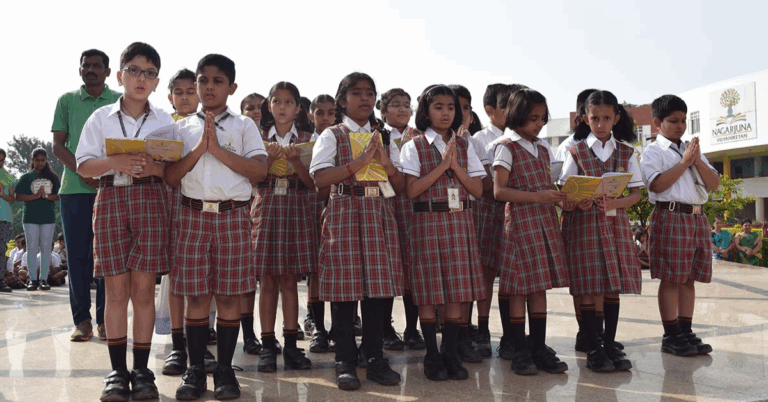Addressing the Digital Divide in Remote Learning Environments
One of the primary challenges facing students in underserved communities during remote learning is the lack of access to necessary technology. Many students do not have reliable devices such as laptops or tablets, hindering their ability to participate fully in online classes. This digital divide exacerbates existing educational disparities, leaving these students at a significant disadvantage compared to their peers with better resources.
Additionally, limited internet connectivity in underserved communities further compounds the challenges of remote learning. Without a stable and strong internet connection, students struggle to access online resources, attend virtual classes, and communicate with their teachers and classmates. This lack of connectivity not only affects academic performance but also undermines the overall learning experience for these students.
The impact of limited access to technology on students
Limited access to technology significantly hinders students’ ability to fully engage in remote learning. Without reliable internet connection and adequate devices, students in underserved communities face immense challenges in accessing online resources, completing assignments, and participating in virtual classes. This lack of technological resources creates a digital divide that exacerbates existing educational disparities.
Moreover, limited access to technology not only affects academic performance but also impacts students’ social and emotional well-being. The inability to connect with teachers and peers virtually can lead to feelings of isolation and disconnection. Additionally, students without proper technology access may struggle with maintaining motivation and staying on track with their learning goals, further widening the achievement gap between them and their more privileged peers.
Disparities in internet connectivity among students
In an era where the reliance on technology in education is more prevalent than ever, the existence of disparities in internet connectivity among students poses a significant challenge. For many underserved communities, limited access to high-speed internet or even basic internet connectivity can hinder students’ abilities to participate in online learning effectively. The lack of reliable internet access not only impacts students’ educational opportunities but also exacerbates existing inequalities in academic achievement.
Moreover, the issue of disparities in internet connectivity extends beyond access to the internet itself. Even among students who have access to the internet, variations in the quality and reliability of connections further widen the gap in educational outcomes. Slow internet speeds, frequent disconnections, and limited bandwidth can impede students’ ability to engage in live virtual classes, access educational resources online, and complete assignments in a timely manner.






